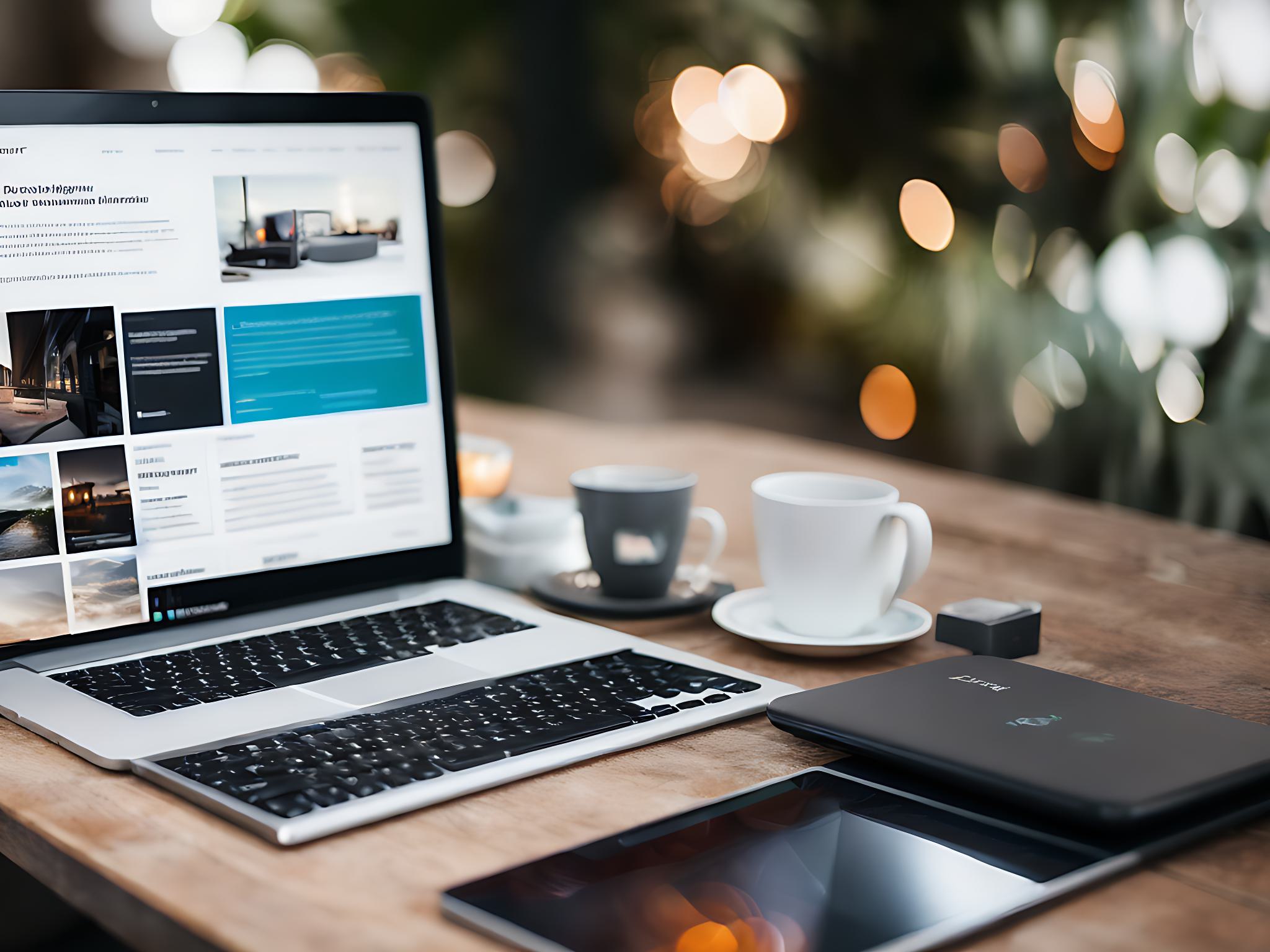The Correlation between Website Design and SEO

When business owners want a website, they normally tend to only consider the design; and while this was acceptable a few years ago, technology has evolved. So, to keep up with it, businessmen should now consider other aspects of the site—like how it will look on mobile devices, search engines (aka SEO), and of course, user experience.
Search engine optimization is the process of optimizing your site through online engagements, social media, and other methods to make it appear on top of search engines. There is a strong connection between SEO and web design. Case in point: even if you have a stunning site, but do not have a good SEO structure, it might not have good results because it is not properly built from the ground up.
In order to achieve good results, you must understand the connection between SEO and website design. Together, let’s discover that here.
Lack of On-Page SEO Features will affect your Rank
SEO is divided into two major processes—on-page and off-page. On-page SEO is basically optimization done on the site to prepare it for search engine rankings. Off-page SEO is an effort done outside of the site.
During the design process, you must consider important on-page elements like the navigation menu, images, URLs, videos (if any), etc. so that spiders* can easily crawl your site to make it more visible to search engines. This is the backbone of your SEO efforts so it must be strong.
Page Load Time Affects Page Results
One of the biggest site elements that affect load time is Flash and when you have a lot of it in yours, it will not have good search engine results page (SERP) rankings. This means that the site will rank lower simply because it is slow. Rand Fishkin of moz.com lists down 7 compelling reasons why SEO and Flash still don’t mix even if Google is already indexing it already.
Additionally, images that are too large also slow down site speed, but if you really want to put photos and Flash on your site, do it sparingly and with VERY good reason(s).
Think of User Experience, Give them a Map
Aside from your site being SEO-friendly and good-looking, you must also think of your audience. Giving them a sitemap** will help them navigate your site easier and ultimately, will increase visitor retention. You can either put it as drop-down menu or have a graphical representation on the site.
Not only does giving your readers a sitemap help their user experience, but it maximizes your site’s potential for indexing in search engines because, with it, spiders can easily find deep page links that add value to your rank.
Good Web Design + SEO = They Can Really Get Along
Overall, achieving an SEO-friendly website design is a challenge, but it can be done. Considering these points will help you in the design process and as well prepare the site for your SEO efforts. That’s why it is important that you should be working with a Dallas-based website design company that, at the same time is also an SEO expert.
Once you’ve merged these two in place, your site will rank much better and it will also give your readers a good experience.
*algorithms that follow and crawl a site’s pages so that they will be indexed in search engines
**a visual or text model that represents the site’s content so that users can easily navigate the information that they are looking for.


